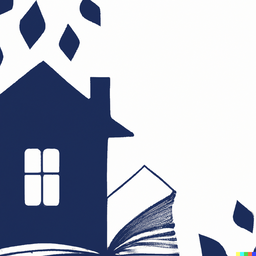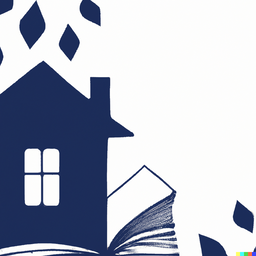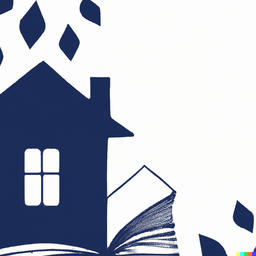
How does the novel comment on the nature of storytelling itself?
Mark Z. Danielewski’s postmodern horror novel House of Leaves employs complex nesting of narratives and texts along with avant-garde typography to explicitly interrogate the nature of stories as artificial constructions mediated through subjective lenses. By repeatedly calling attention to the novel’s own artifice, Danielewski provides layered meta-commentary on the dynamics of storytelling and interpretation.
Layers of Invention - Fictional Scholarship and the Manipulation of Factual Narratives
Central to the novel is the premise of an academic study of a fictional documentary film, layers of invention posing as scholarly analysis. This device reveals how easily “factual” narratives can be invented through persuasive citation practices and command of language, foregrounding stories as influenced by the storyteller.
The Plurality of Perspectives - Nested Narrators and the Rejection of Singular Narrative Authority
Danielewski also leverages multiple nested narrators like Johnny Truant to highlight the contingency and plurality of narrative accounts depending on the teller’s agenda or mental state. The nesting of contradictory perspectives rejects notion of singular narrative authority.
Reader as Assembler - Implicating the Audience in the Act of Storytelling
Ultimately Danielewski implicates readers themselves in assembling meaning from the novel’s scattered fragments of found texts, footnotes, images, and artifacts. The reading process itself becomes a concentric act of piecing together a story from artfully arranged traces rather than passively receiving it.
Through complexity and fragmentation, House of Leaves dramatizes the subjectivity inherent to storytelling while compelling reader participation in its characters’ obsessive quest for narrative cohesion amid chaos. Danielewski rejects perceived transparency or objectivity of stories on artistic, philosophical, and structural levels.
Popular posts
-

Unofficial Sparknotes Guide to "House of Leaves" by Mark Z. Danielewski
November 2nd, 2023
-

Chapter Summaries of "House of Leaves"
November 2nd, 2023
-

Character Analyses in "House of Leaves"
November 2nd, 2023
-

Themes in "House of Leaves"
November 2nd, 2023
-

Notable Quotes from "House of Leaves"
November 2nd, 2023
-

Discussion Questions for "House of Leaves"
November 2nd, 2023